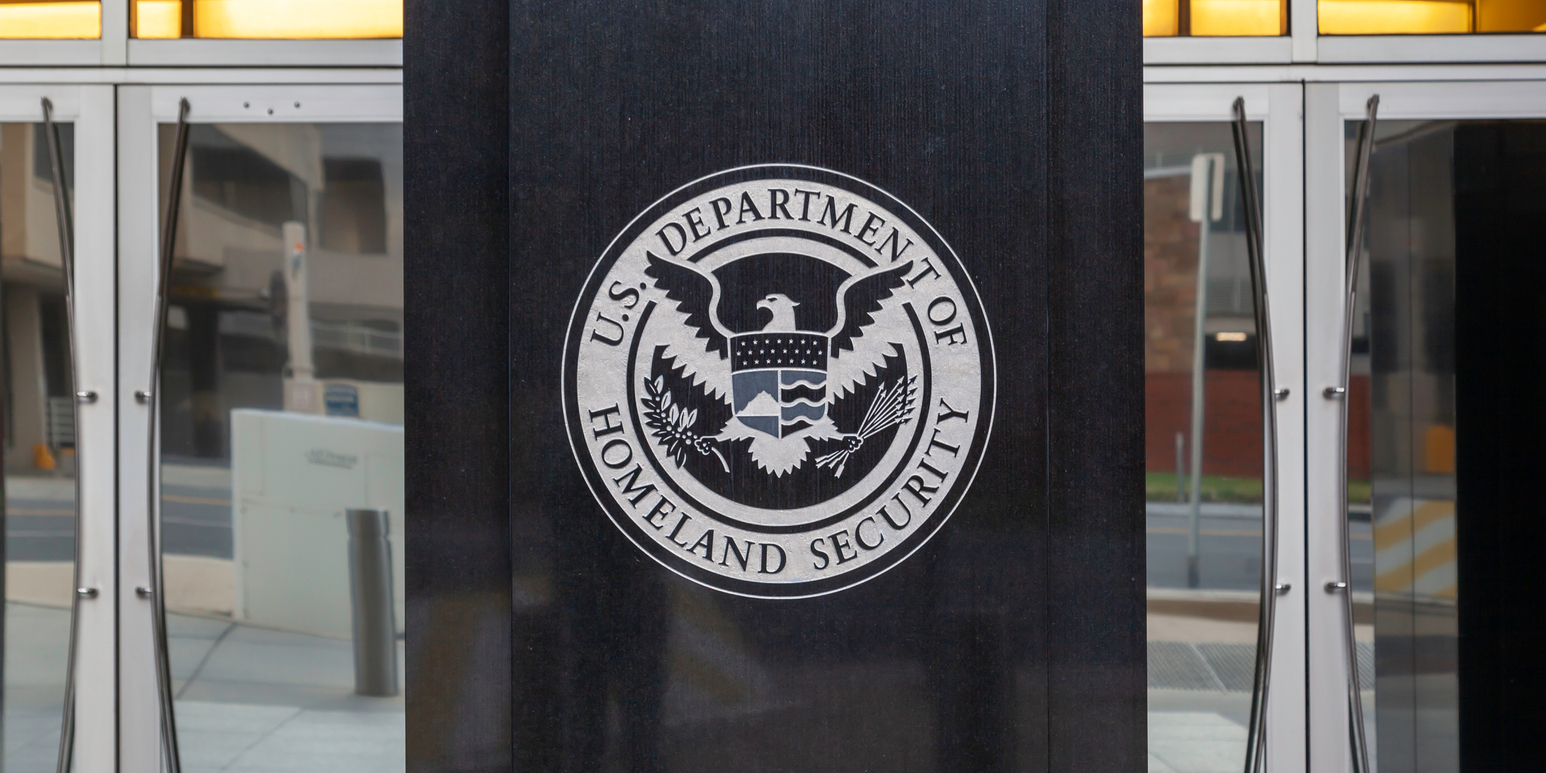SCI Fellow Dr. Daveed Gartenstein-Ross co-authored a recent paper for the New America think tank, “DHS @ 20: Navigating a Changing Security Environment.” Read below the paper’s introduction and visit New America to read the full report.
The U.S. Department of Homeland Security (DHS) will enter its third decade of existence in November 2022, shortly after the upcoming midterm elections. As it does, DHS confronts a different set of challenges than those that dominated the threat landscape at the time of its creation, when its mission centered on the threat of foreign terrorist organizations striking U.S. soil. Since the department’s founding, a confluence of technological (e.g., social media, drones, artificial intelligence), societal (e.g., political polarization, growth in domestic violent extremism), and ecological (e.g., climate change) factors have complicated DHS’s mission and arguably made the department more relevant than ever. An observation from famed futurist Ray Kurzweil at the dawn of the twenty-first century can help us understand a major driving force behind the changes that DHS confronts:
“The whole twentieth century was actually not one hundred years of progress at today’s rate of progress. It was twenty years of progress at today’s rate of progress. And we’ll make another twenty years of progress at today’s rate of progress, equivalent to the whole twentieth century, which was no slouch for change, in another fourteen years. And then we’ll do it again in seven years. That pace will continue to accelerate, and because of the explosive nature of exponential growth, the twenty-first century will be equivalent to twenty thousand years of progress at today’s rate of progress; about one thousand times greater than the twentieth century.”
As Kurzweil articulates, the environment in which DHS operates is not only changing, but the pace of change has grown exponentially. This report is designed to aid in conceptualizing DHS’s evolving mission as the department turns 20 and to help decision makers prioritize important structural reforms. This report’s suggestions can help prepare DHS to confront security and related challenges that will continue to evolve at accelerating speeds and in increasingly interconnected ways. Key challenges that will demand the department’s attention include:
- Communicating effectively in a digital environment. The digital information environment has amplified the importance of explaining oneself clearly and concisely. Today’s media landscape, especially social media, prioritizes speed and attention over nuance and accuracy. While this dynamic has advantages, it enables the spread of partial, misleading, or outright false information at unprecedented speed. Perceptions often crystallize based on faulty information. As a large bureaucratic organization, DHS frequently struggles to explain its actions in a way that meets the demands of this information environment. This dynamic has contributed to DHS becoming a political lightning rod and has sometimes impeded the department’s ability to build the trust and partnerships it requires.
- Addressing an ever-shifting landscape of violent extremism. The United States confronts a landscape of violent extremism in which the greatest threats of violence now arguably emanate from within. DHS’s October 2020 Homeland Threat Assessment concluded that domestic violent extremists present “the most persistent and lethal threat” to the homeland. Of this threat stream, white supremacist extremists have unambiguously carried out the greatest share of lethal attacks in recent years. The United States has also witnessed a general movement toward armed politics and violent activism, a trend punctuated by the notorious January 6 attack on the U.S. Capitol. Multiple factions and movements have eschewed traditional democratic processes, instead resorting to violence or the threat of violence.
- Reorienting toward great power competition. The U.S. national security apparatus has begun to reorient toward great power competition with nation-state adversaries like Russia and China. For DHS, this requires a repurposing, in part, of existing capabilities, along with the development of new capabilities.
The reforms we propose were developed against the backdrop of these challenges. To contextualize our knowledge of DHS, and in the interest of full disclosure, Valens Global (the firm with which the authors of this report are associated) has undertaken multiple projects for DHS, including being retained to help craft DHS’s 2019 Strategic Framework for Countering Terrorism and Targeted Violence. We were afforded the opportunity to analyze the department’s future in the course of our research work for DHS. This report, which we decided to publish because we believe that the department’s challenges and evolving role are worthy topics of public discussion, is informed in part by aspects of DHS-funded research for which no confidentiality agreements apply. Our suggested reforms can be understood as a mix of targeted improvements and broader initiatives that will enable DHS to:
- Communicate in a manner commensurate with the current information environment;
- Better anticipate evolving challenges within a fast-changing landscape; and
- More effectively attract the talent it needs to execute its mission.
To inform our recommendations, we conducted open-source research and interviewed current and former officials. Interviewees included political appointees and career DHS employees with direct knowledge of the issues covered in this report.
This report is divided into six sections, the first of which is this introduction. The second section examines the current state of DHS’s public affairs and provides actionable recommendations for improvement. The third section provides recommendations related to DHS’s efforts to counter domestic terrorism. The fourth section addresses how DHS can adapt to a modern workforce. The fifth section examines how DHS can anticipate future disruptions and trends. The sixth and final section discusses overall conclusions regarding the challenges DHS faces and how it should adapt.
Read the full paper.




